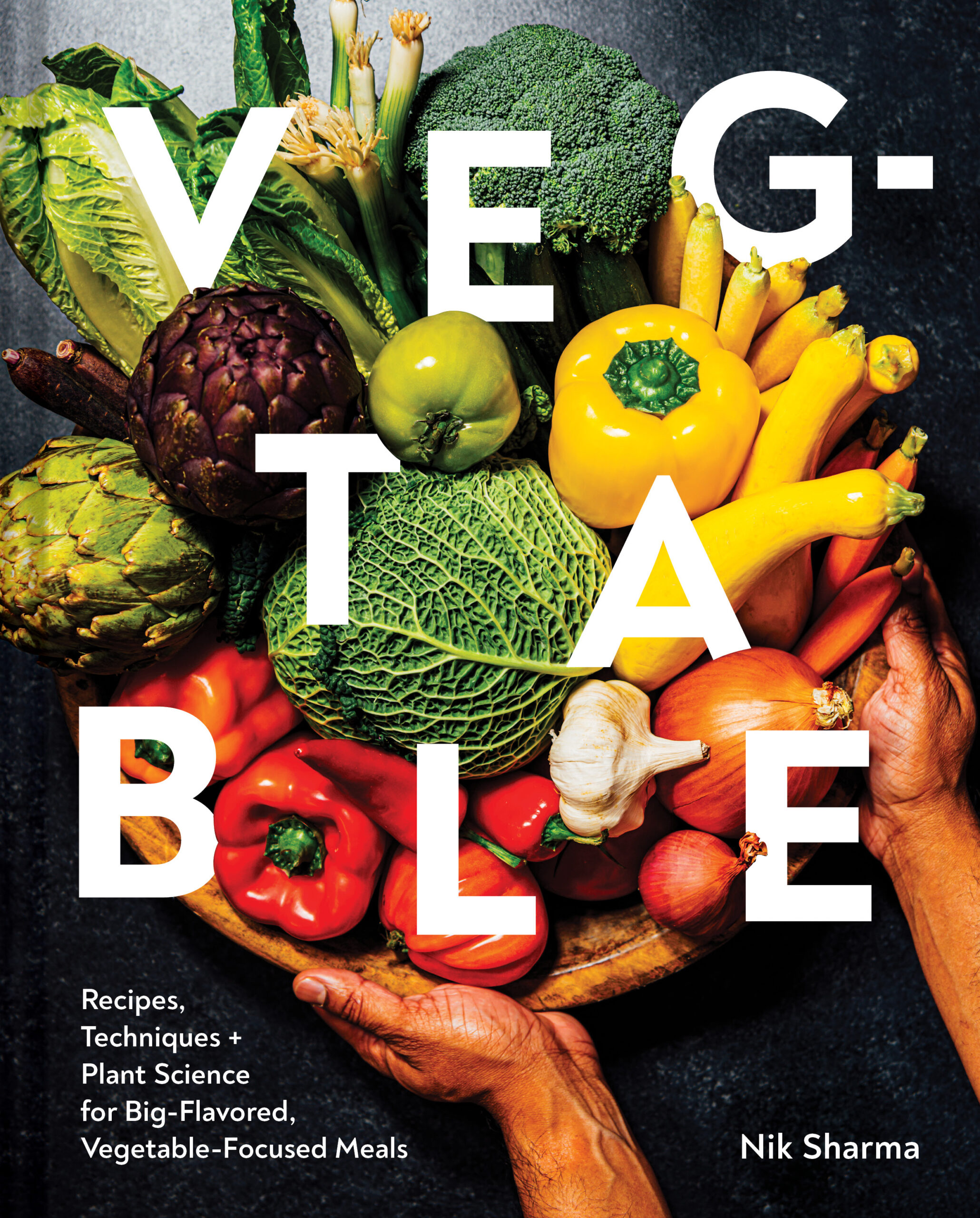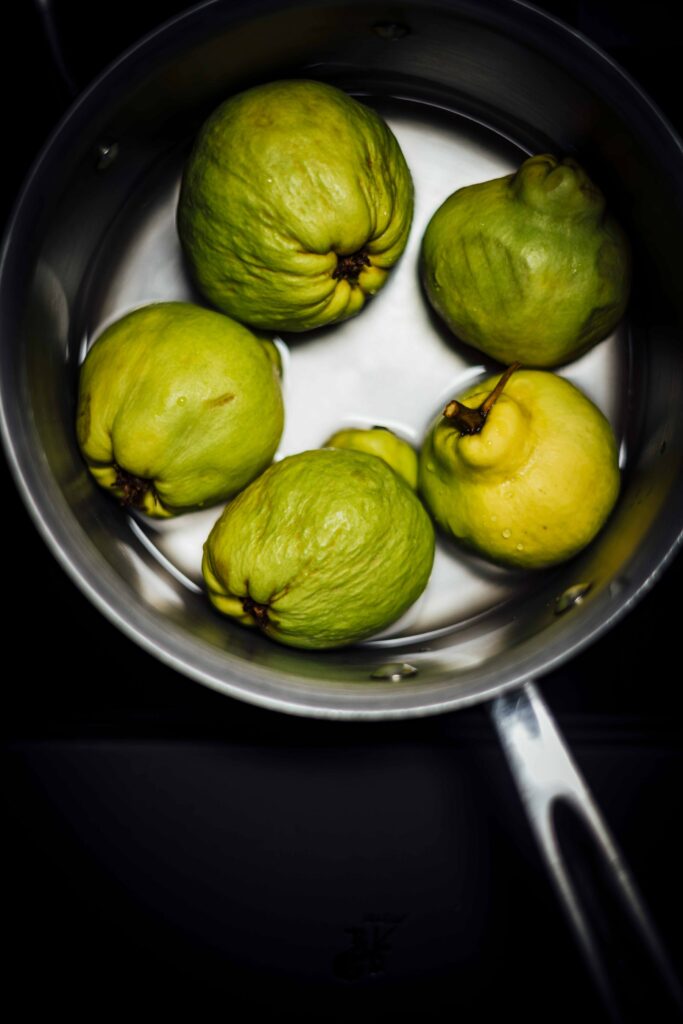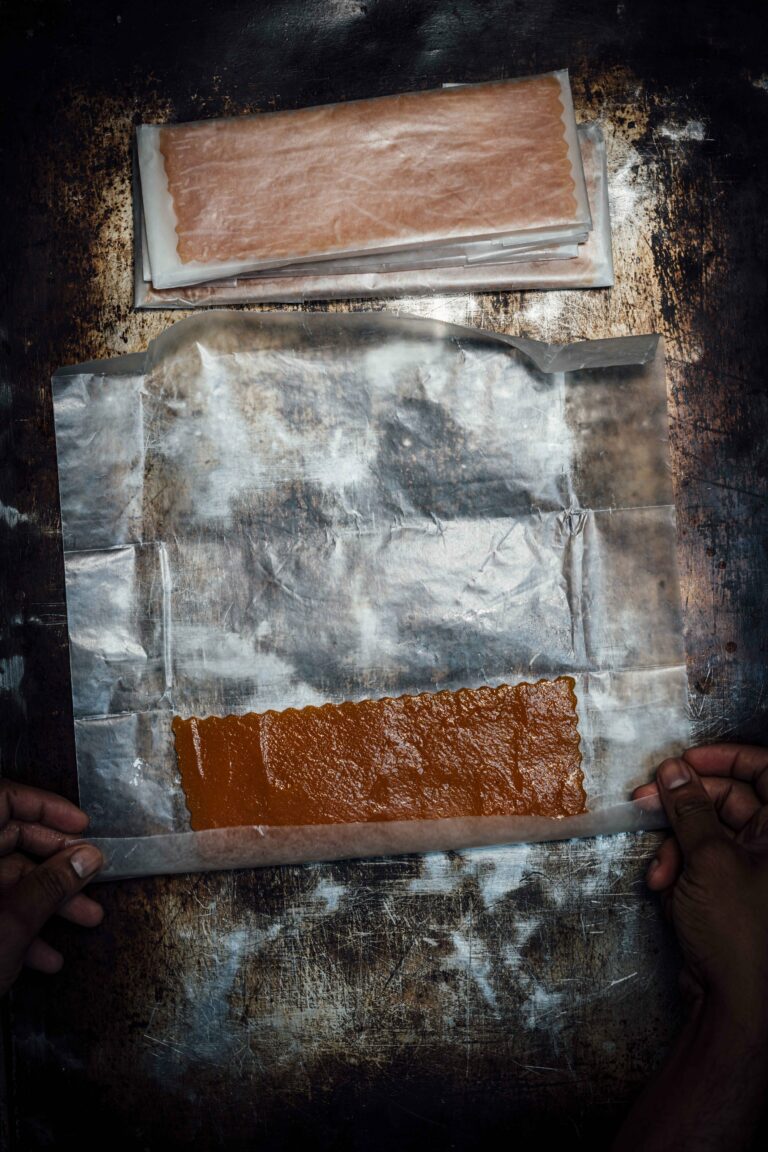Here’s a version of legendary writer Claudia Roden’s quince paste which resembles my mom’s guava cheese in texture (same chemistry principle). You can leave the skin on the fruit but remember to get rid of the fuzz. Pectin is a carbohydrate naturally present in plants in varying amounts. It helps give plants structure by acting like cement. Pectin is also sensitive to pH
A low pH from an acid such as vinegar or lemon juice helps it form gels. The citric acid from lemon and lime juice is the best at helping pectin extract and set plus it smells much nicer than vinegar (especially in this dessert). An alkaline pH from an ingredient such as baking soda will destroy pectin. When you want to cook beans and get a softer texture quickly without using a pressure cooker, add a tiny pinch of baking soda.
In this instance, the pectin present in quince (and in general in almost all fruits and plants) is called HM (High Methoxyl). When an acid (in the case of the acid naturally present in the fruit and lime juice) is added with sugar to the blended quince purée, the acid helps extract the HM pectin which then starts to increase the thickness and viscosity of the fruit purée. At this stage, the sugar and water get trapped in the pectin mesh that begins to form and you get a gel on cooling, in this case, the paste that is soft enough to be sliced.
No reviews 2 cups /480 ml water 2 cups/400 g sugar 1/4 cup/60 ml fresh lemon or lime juice Comment * Name * Email * Website Save my name, email, and website in this browser for the next time I comment.
Δ











